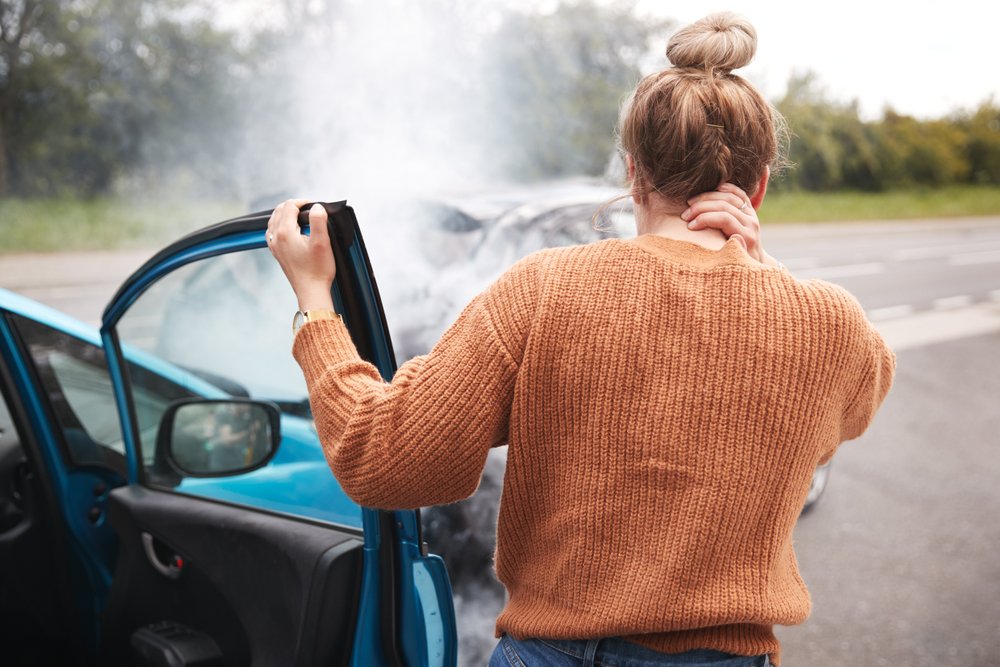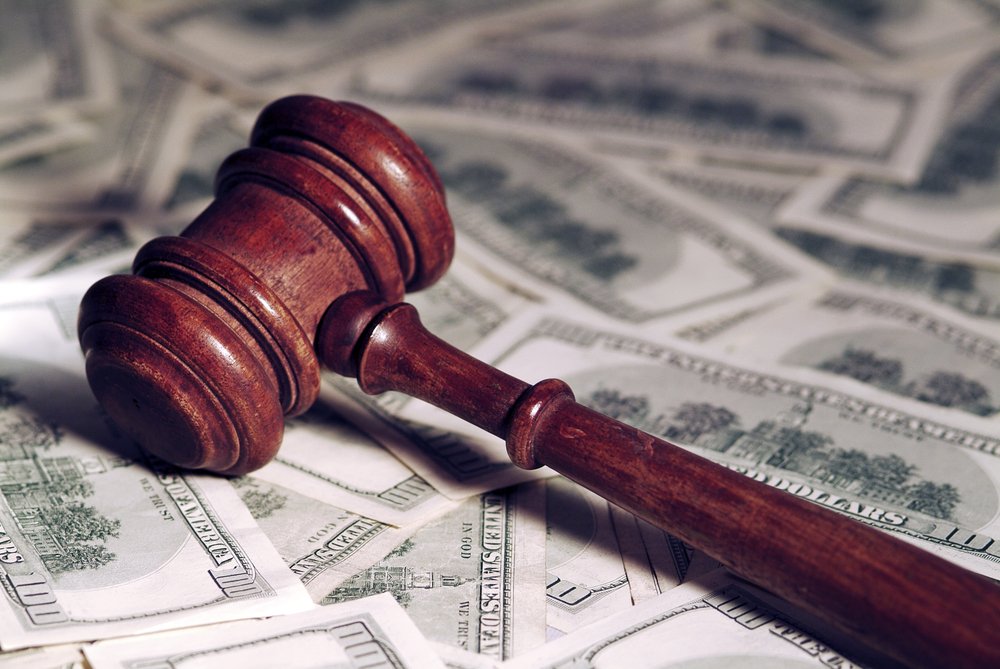In California, drivers are at fault in head-on collisions if they cause the accident while driving negligently (such as by making an illegal left turn).
Drivers found to be at-fault are then liable to any injured drivers, passengers, or pedestrians for both their economic losses like medical bills and non-economic losses like pain and suffering.
Our California personal injury lawyers discuss the following topics in this article:

A judge or jury will typically determine if a person negligently operated a motor vehicle by examining all of the facts in a case.
1. Who is at fault?
In California, motorists are at fault in head-on accidents if they caused or contributed to them. In other words, the driver was being negligent.
“Negligence” means a motorist failed to use such care as a reasonable person would use under similar circumstances.1 Examples of driver negligence are failing to:
- keep a lookout for pedestrians, obstacles, and other vehicles, and
- control the speed and movement of the vehicle.2
Making left turns in front of oncoming traffic is a common cause of head-on collisions in California. This is negligence because drivers are required to yield the right-of-way to all vehicles approaching from the opposite direction until the turning vehicle can make the turn safely.3
2. Damages
Head-on collision settlements can range from a few thousand dollars to over a million dollars depending on the extent of the injuries and property damage. If you are the victim, you can sue the liable driver for these compensatory damages:
- medical expenses,
- property damage,
- lost wages,
- lost earning capacity,
- out-of-pocket expenses,
- pain and suffering, and
- disfigurement.
You can also ask the court for punitive damages if the other driver acted with extreme recklessness or intentionally caused the harm. Though in most cases, you can avoid a lawsuit altogether by filing a personal injury claim with the at-fault driver’s insurance company.

Common head-on crash injuries are traumatic brain injuries, spinal cord injuries, whiplash, fractures, and concussions.
3. Shared Fault
California is a pure comparative fault state. This means if you are hit in a head-on collision, you can still sue for damages even if you partially caused your injuries (such as by not wearing a seat belt).4
In these situations, though, the amount of money you can recover will get reduced by your percentage of fault. So if you sustained $10,000 in damages in an accident you were 50% to blame for, you could recover only $5,000.
4. Wrongful Death
If your next-of-kin died in a head-on crash, California’s wrongful death law allows you to sue the driver for such damages as:
- burial and funeral expenses,
- amounts the deceased would have earned as income, and
- compensation for the loss of the deceased’s companionship and support.5
A wrongful death suit is frequently coupled with a “survival” cause of action. These are brought on behalf of the victim’s estate to compensate for losses suffered by the victim from the wrongful act prior to death (such as hospital bills and property damage).6
Legal References:
- Black’s Law Dictionary, Sixth Edition – “Negligence.”
- California Civil Jury Instructions (“CACI”) 700 – Basic Standard of Care.
- CACI 704 – Left Turns. See also CACI 705 – Turning.
- CACI 406. See also Pfeifer v. John Crane, Inc. (2013) 220 Cal.App.4th 1270.
- CCP 377.60.
- CCP 377.30.
